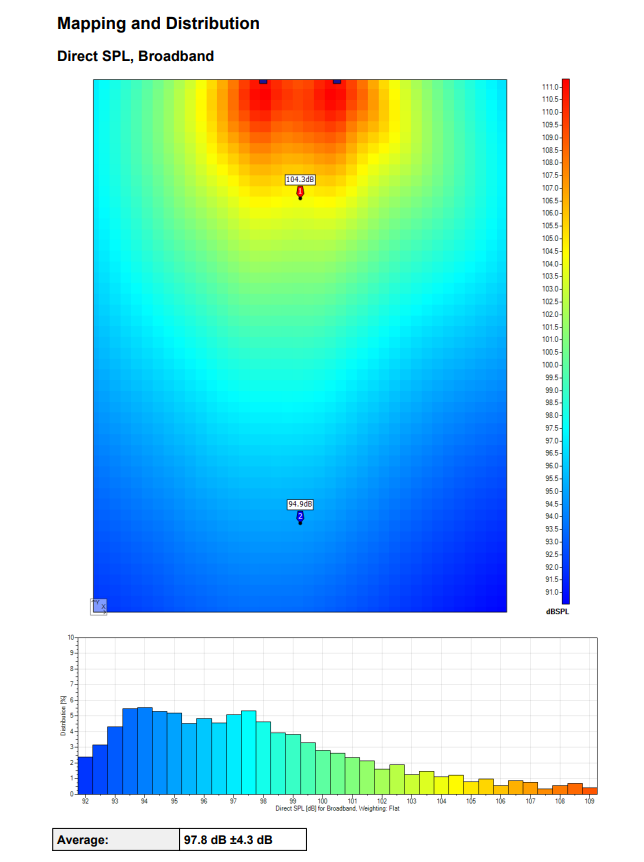Lessons From Semester One

Higher ed just lived through what may be the strangest semester we have ever had. At my school, we held in-person classes, and — knock on wood — we were very successful, with limited numbers of COVID cases and no serious cases. Like many other schools, we employed social distancing, lower limits on people in classrooms and restrictions outside of the classrooms. One of the options we gave students was to not come to campus if they felt safer attending from home. A small percentage of students made that choice.
This choice reinforced a critical component of the AV world that others always take for granted — sound. This was reinforced, not because people did not value the need, but because it was being experienced in a way that was different from our expectations and from what we had ever done before. During the semester, we were faced with the task of bringing students into a classroom from remote locations. These could be other spaces on campus (where students were in quarantine) or from their homes. In our case, this number of remote students remained low: typically between three and seven students in a class of 15-40. About 30% of our classrooms have full videoconferencing setups with installed mics, cameras, etc. These tended to be our larger lecture classrooms. With over 70 classrooms, along with budget and supply constraints, we could not fully outfit every classroom. The remainder of our rooms were equipped over the summer with stop-gap measures like OWLs, webcams and table mounted mics. These were designed to “get by” during the semester.
What we heard, consistently, from people who taught in these rooms is that the remote students had a hard time hearing the other students in the classroom. While we knew there would likely be some issues with audio, since the rooms were ad hoc, the degree to which the complaint was repeated did surprise us. To a certain degree, this is our fault for not better explaining what it would actually take to make these rooms work great, and for not understanding what might happen in the rooms. We designed ad hoc rooms for the “maybe” that there would be a single student on the remote connection for a day or so. In other words, a very large investment (regardless of whether we had the money) was not worth the return. Sure, the remote students would have a hard time hearing for a day or so, but would soon be back in the room.
After a semester, we learned that it is quite likely that there will be a constant set of several students learning remotely, and may be doing so for the entire semester. In a lecture-style classroom, we could get away with this, but in a discussion-style classroom, this became a problem. We needed to do better explaining to our customers (admin and faculty) what it actually takes to make a room work properly. For example, in our classrooms with fully installed systems, we do quite a bit of testing of the microphones during install. We could spend a day or more programming them and testing them out. Then, we do it again when people are in the room. We spend time listening to what is happening in the room and making sure the mics are balanced out properly. This is a labor-intensive process, and one that requires equipment — costs add up. For manufacturers who have gotten into the realm of using hand-held personal devices (i.e. smartphones) as speakers and microphones, now is your time to double down on development. It is much easier and cost effective to install a receiver for these systems in a classroom than it is to try and properly equip for audio.
The other lesson we have learned — or rather our faculty have learned (and that is what really drives changes) — is that our students love recorded classes. We had a handful of faculty each year who asked about class capture, and those faculty tended to be the same group, typically in the same fields — mostly science with a few math faculty. Now, we are hearing from faculty across the disciplines — in all class sizes — that their (in-person and remote) students love the recorded class and do not want it to stop. In these recorded videos, audio does matter, of course, but the way students use it is different. They already participated in the class, so they know what happened. If they can not fully hear a question, they can piece it together because they heard it the first time. Additionally, they are really checking the video to review the details of what the instructor said. I predict that class capture will be something that stays in higher ed throughout all of our classrooms. Manufacturers should continue to develop excellent capture products and services.
It seems that while the fall semester of 2021 will be a bit more “like normal,” it does not look fully normal. If manufacturers are ready with products that answer these two major needs, they will be able to sell a lot of the equipment during summer 2021.





